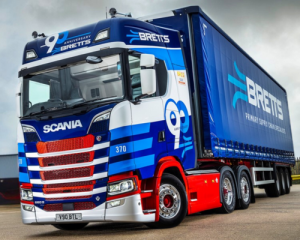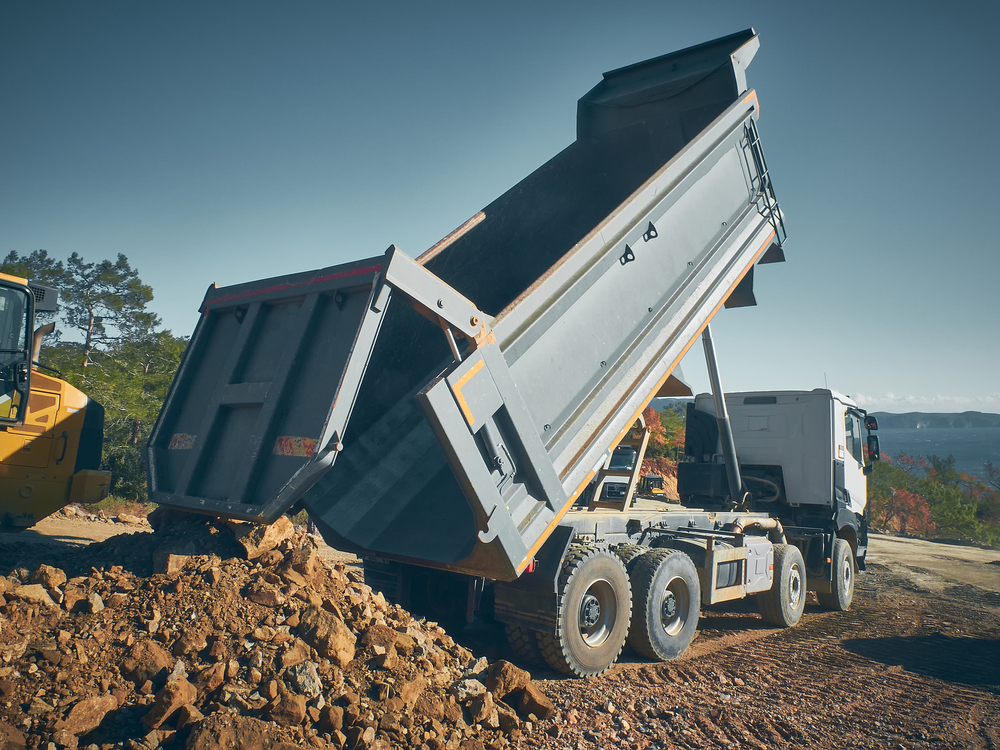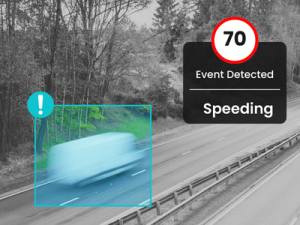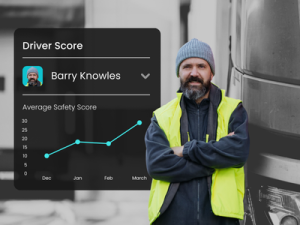
What Infrastructure Projects Like Sizewell C and the Lower Thames Crossing Mean for Fleet Safety Standards

As the UK government accelerates investment in large-scale infrastructure projects, such as Sizewell C, Lower Thames Crossing, and HS2, there is renewed scrutiny on vehicle safety requirements across construction and logistics. These high-profile developments are not only reshaping our transport, energy, and civil engineering landscapes, but also setting the tone for what’s expected from fleet operators working on or around these sites.
For commercial fleet managers, the message is clear: if you want to be in the running for major contracts, you’ll need to demonstrate robust safety credentials, particularly when it comes to work-related road risk (WRRR). The gold standard? The requirements laid out by FORS (Fleet Operators Recognition Scheme), CLOCS (Construction Logistics and Community Safety) and the HS2 Vehicle Safety Requirements, which are rapidly becoming the blueprint for best practice across the industry.
Why This Matters Now
Infrastructure projects like Sizewell C and the Lower Thames Crossing are massive undertakings. These sites can operate for 10+ years, employ thousands of contractors, and require thousands of vehicle movements per week. That sheer scale introduces a heightened risk of collisions, especially with vulnerable road users (VRUs) such as pedestrians, cyclists, and motorcyclists.
Historically, a significant number of serious road traffic incidents involving construction vehicles have occurred in urban areas. CLOCS was created to address this issue by ensuring construction logistics operators take full responsibility for road safety, both on and off-site. In the same spirit, HS2’s rigorous vehicle safety standards, many of which go above and beyond legal minimums, aim to reduce risk at every stage of their supply chain.
As new infrastructure projects launch, more public sector frameworks and tier-one contractors are expected to mandate similar safety requirements, making them non-negotiable for access to future opportunities.
Key Vehicle Safety Requirements to Watch
Whether you’re bidding for contracts or operating near these sites, understanding the common standards can help you futureproof your fleet.
1. Blind spot safety & Camera Systems
CLOCS, FORS, and HS2 standards all emphasise the need for cameras and Vulnerable Road User (VRU) detection systems to reduce risks around front and nearside blind spots. For rigid vehicles, reversing cameras are often essential, while HS2 mandates for certain vehicles that full 360° vehicle camera coverage is required, with recording systems that retain footage for a minimum of two weeks. These technologies improve driver awareness, especially in tight, low-speed urban environments, and provide crucial evidence for incident analysis, insurance claims, and driver coaching.
2. Audible Warnings & Alerts
Audible left-turn warnings and reverse alarms are a key component of VRU safety, both systems issue audible alerts to VRU’s of an intended manoeuvre. Some sites require these to switch between night and day modes and off the driver a mute function to reduce noise pollution.
3. AI-Powered Driver Monitoring
Innovations like fatigue and distraction detection are emerging as game-changers. AI driver cameras can identify signs of drowsiness, mobile phone use, or smoking behind the wheel, instantly alerting the driver and flagging high-risk behaviour to managers. These technologies support the requirements to monitor road risk, distraction, deliver proactive driver coaching and policy enforcement, helping prevent accidents before they happen.
4. Speed and Behaviour Monitoring
Contractors are increasingly expected to monitor speeding, harsh braking, and other driving behaviours that could increase risk. Fleet management platforms that integrate telematics, tachograph data, and driver scoring are essential to meet this expectation and offer transparent compliance evidence.
5. Remote Tachograph Downloads & Compliance Monitoring
For projects requiring long-term compliance oversight, remote tacho data upload and digital analysis are vital. HS2 and similar projects demand proof of rest, driving hours, and real-time availability to ensure drivers are working legally and safely.
6. DVSA Earned Recognition Participation
More contractors are asking fleets to demonstrate DVSA Earned Recognition or comparable compliance frameworks. It’s not mandatory everywhere yet, but it’s fast becoming a trust mark that shows your fleet is ready for the highest standards of operation.
Getting Ready: What Fleets Should Do Now
To prepare for the vehicle safety expectations of major UK infrastructure projects, fleet operators should:
-
Review existing vehicle safety tech and identify where upgrades are needed (e.g., side cameras, DVRs, audible alerts).
-
Adopt a digital compliance platform that unifies tacho, telematics, camera footage, inspections, and driver behaviour.
-
Offer training and coaching supported by video evidence and driver scoring tools to improve safety outcomes.
-
Engage with project specifications early, many contract requirements are listed on project tender portals like HS2’s CompeteFor, along with detailed supplier standards.
-
Work toward or maintain DVSA Earned Recognition to set yourself apart as a low-risk operator.
Final Word
The tide is turning. The construction and logistics sectors are no longer judged by price and punctuality alone. Safety performance, data visibility, and proactive compliance are now central to winning and maintaining work on the UK’s biggest infrastructure projects.
Fleet Focus are here to help fleets meet these rising demands with a wide range of innovative compliance solutions. From AI safety cameras, lighting and remote tachograph uploads to paperless daily checks and DVSA-ready reporting, we give busy fleets the tools to operate safely, efficiently, and contract-ready.
Get Your Fleet Project-Ready
Ready to meet the safety standards for the UK’s largest infrastructure projects? Book a demo or speak to our team today to see how Fleet Focus can help you streamline compliance, enhance safety, and win more business.





